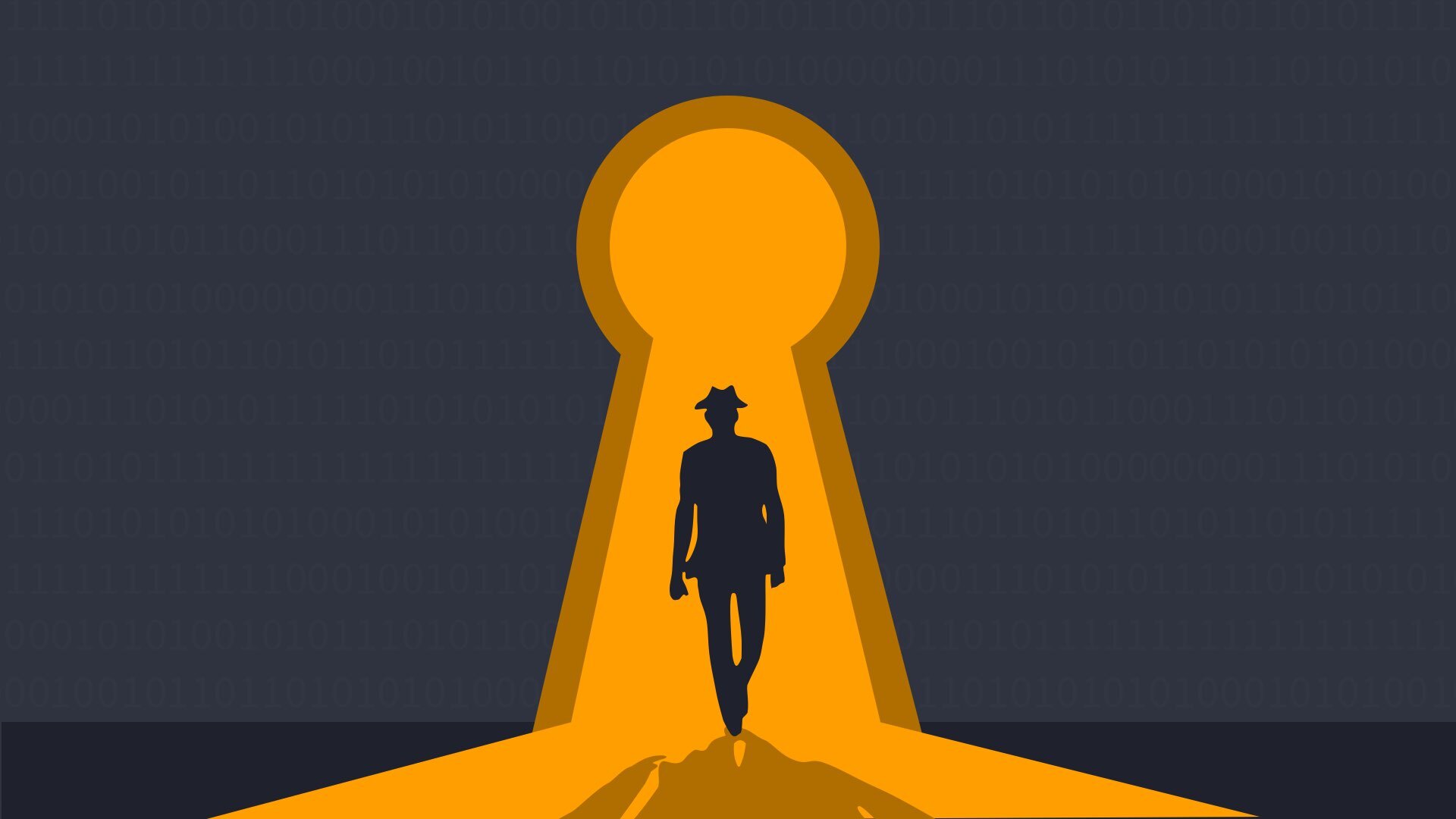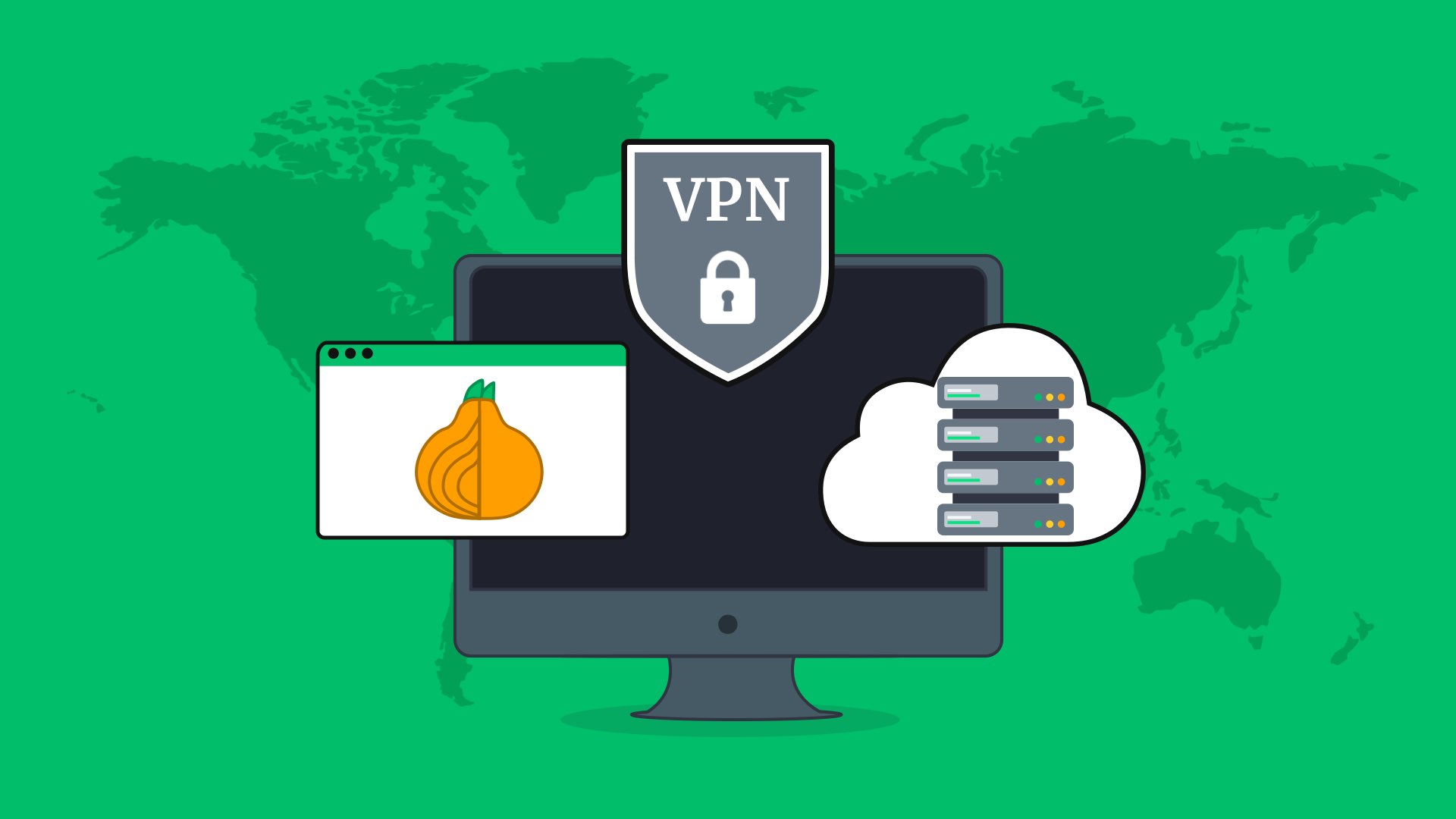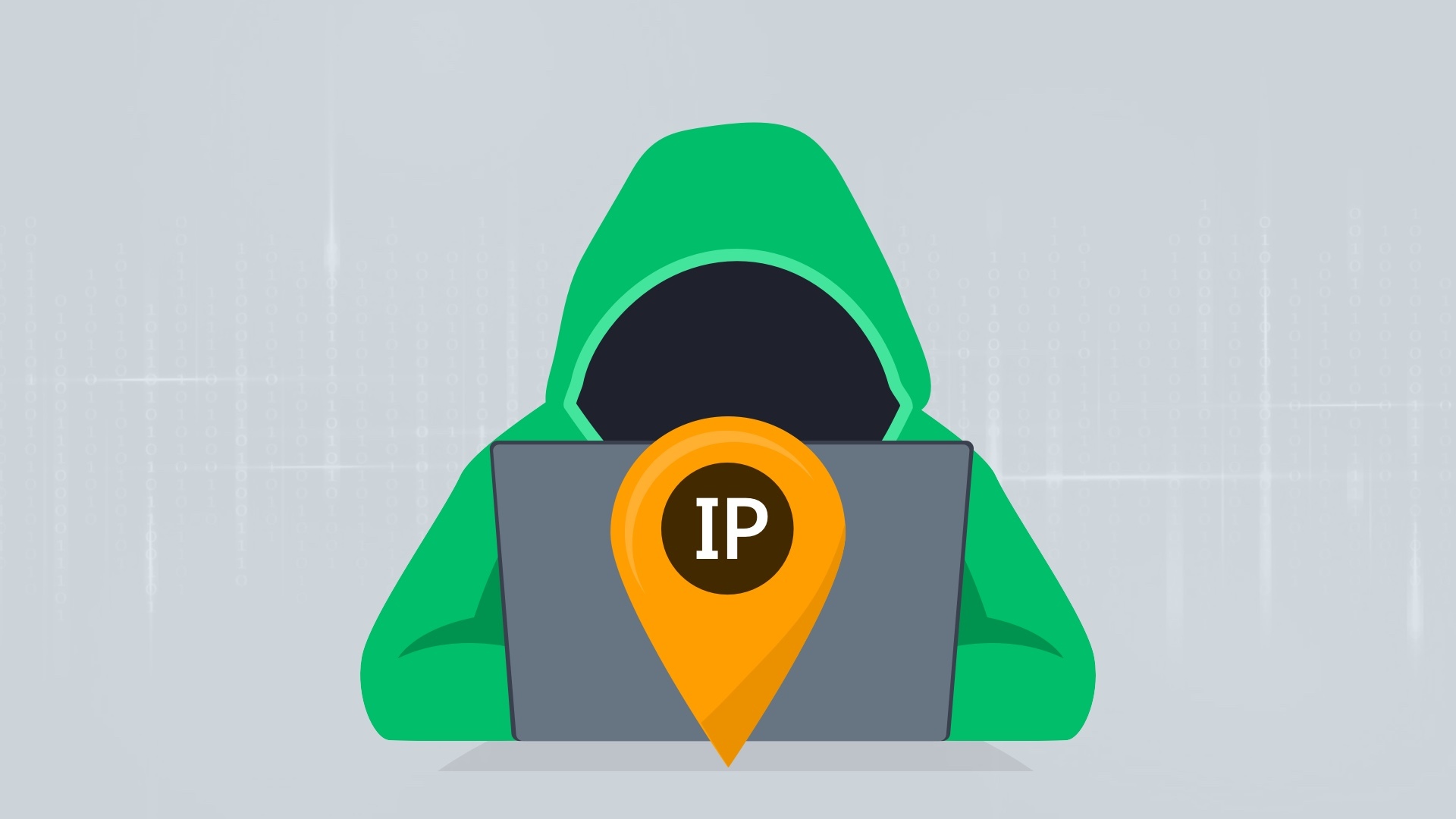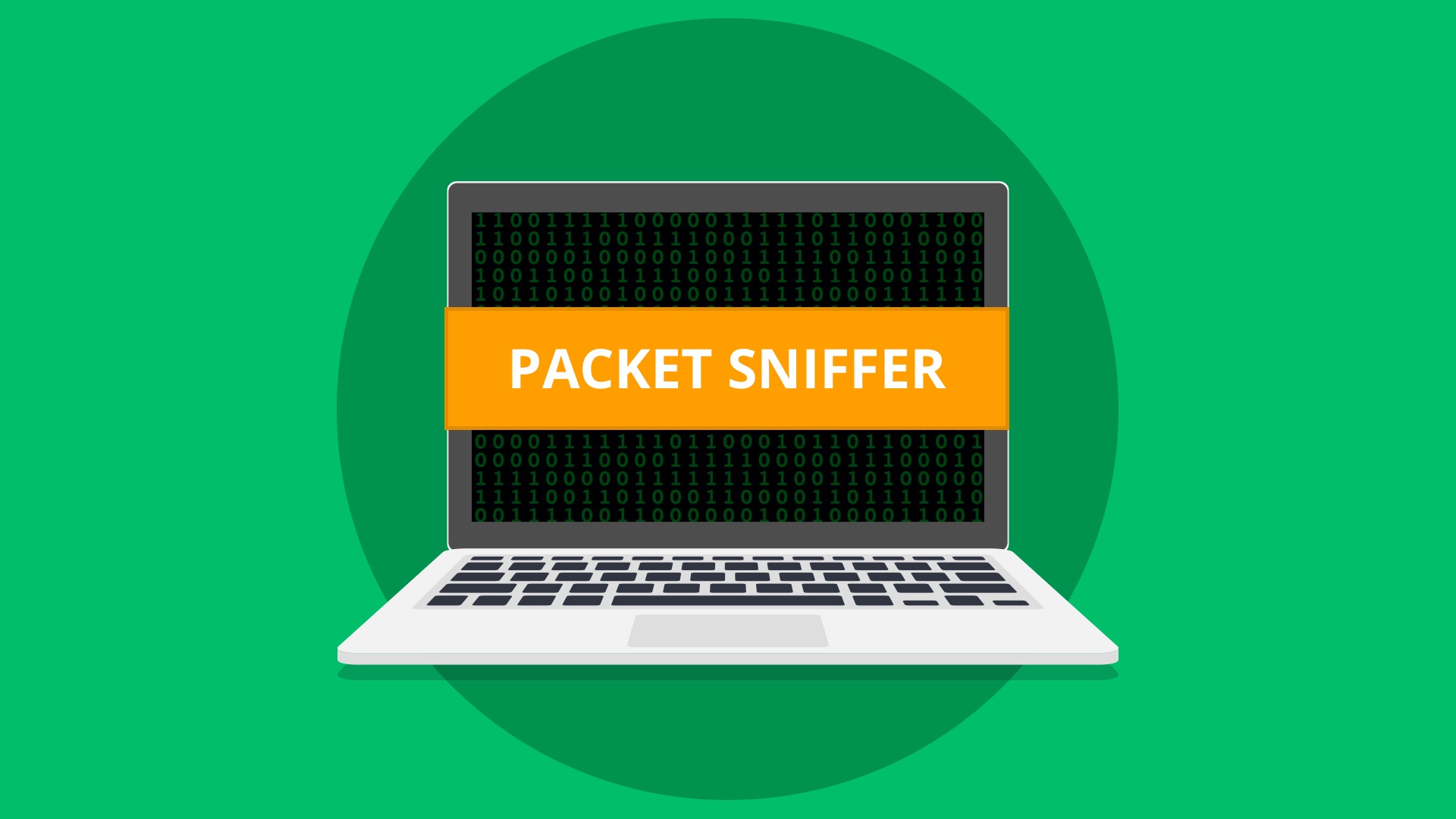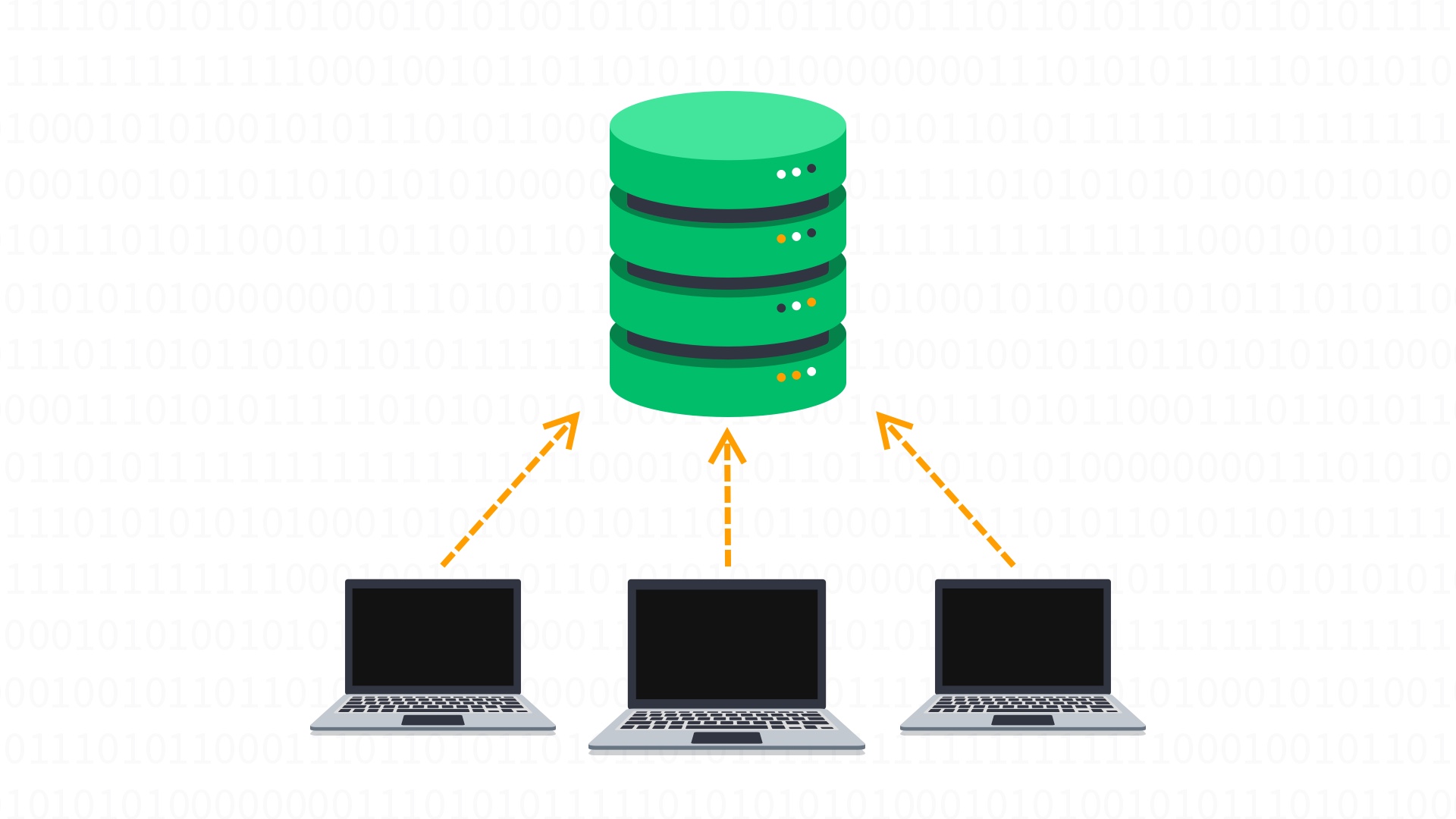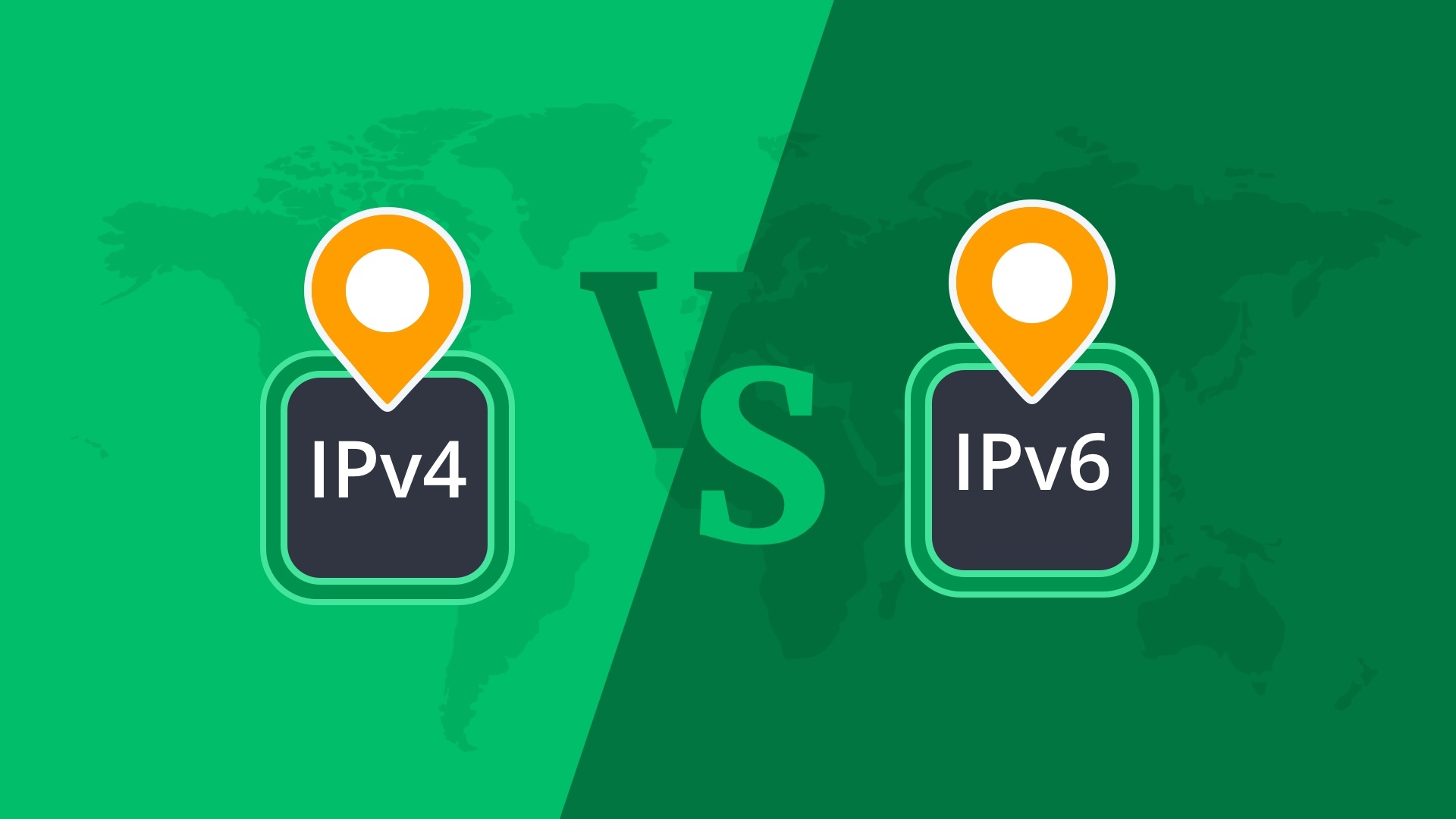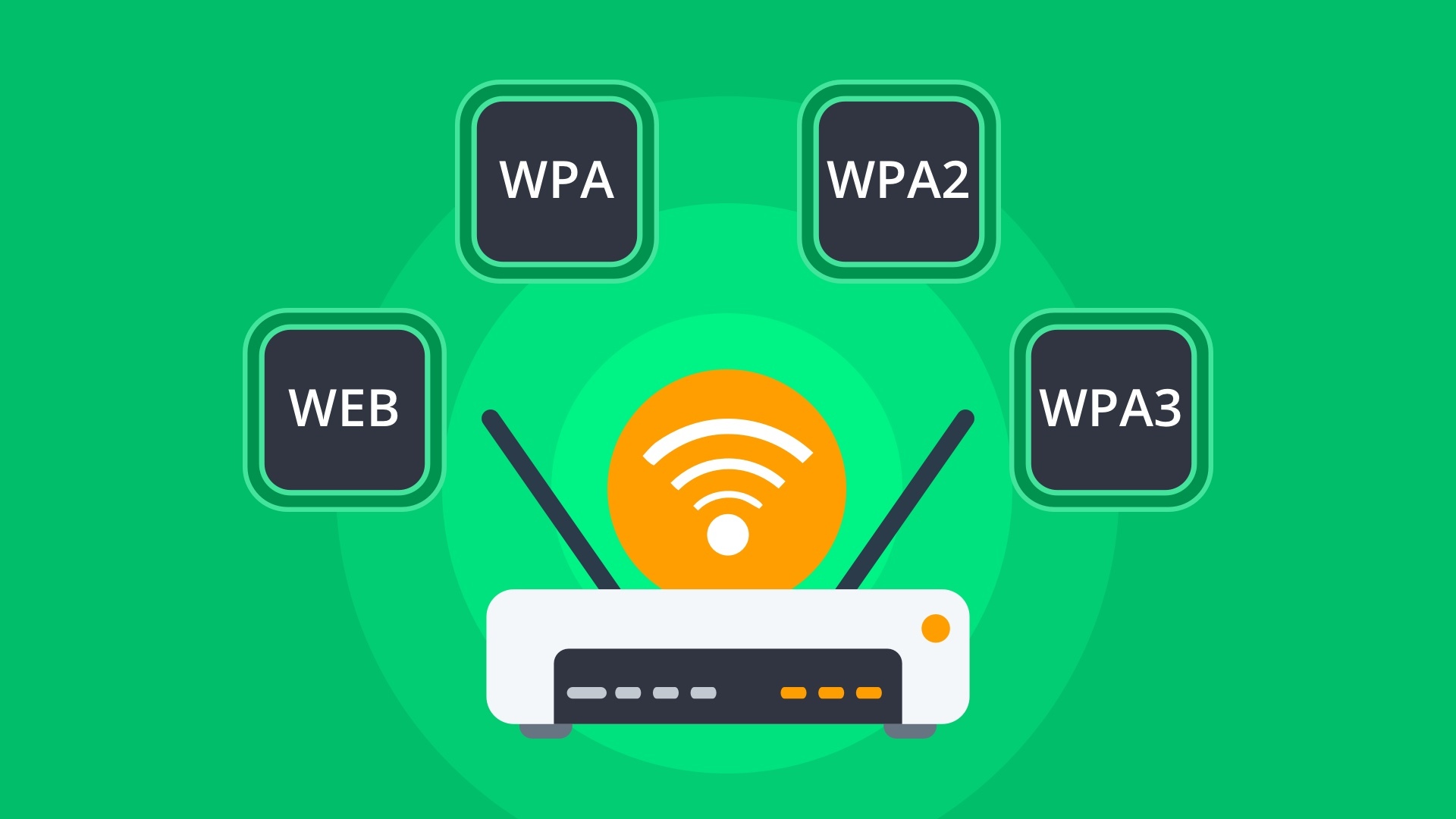What Is a Backdoor?
A backdoor is a mean, malware or technology, which allows unauthorized users to bypass regular security measures and gain high-level user access (root access) to a computer system, network, or software application. Unlike other types of malware, backdoor elements reach the core of the target application. They often manage the target resource as a driver. The damage possibilities are limitless… Read More »What Is a Backdoor?
